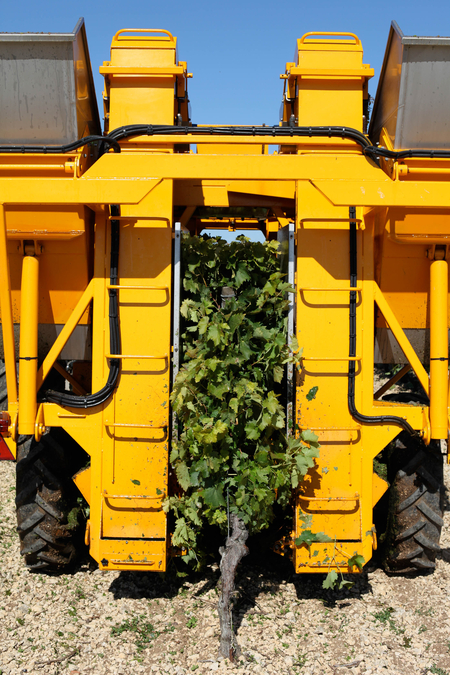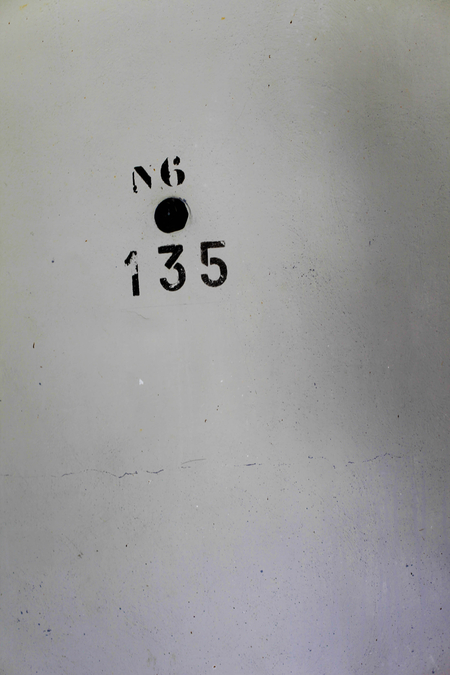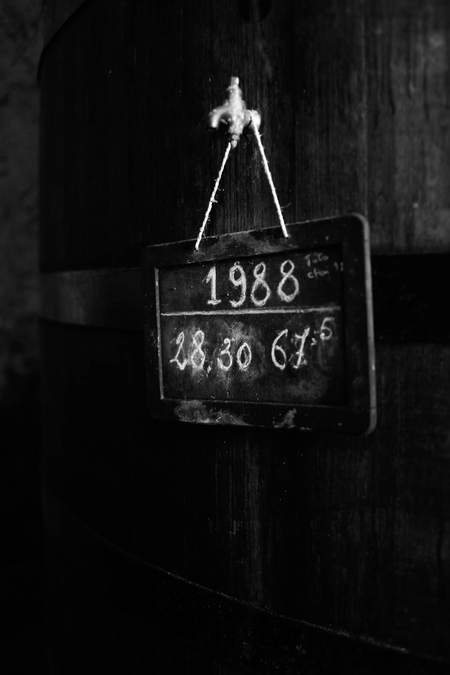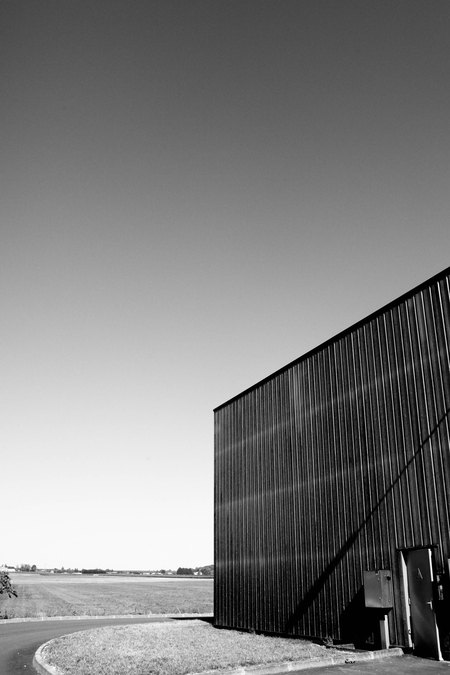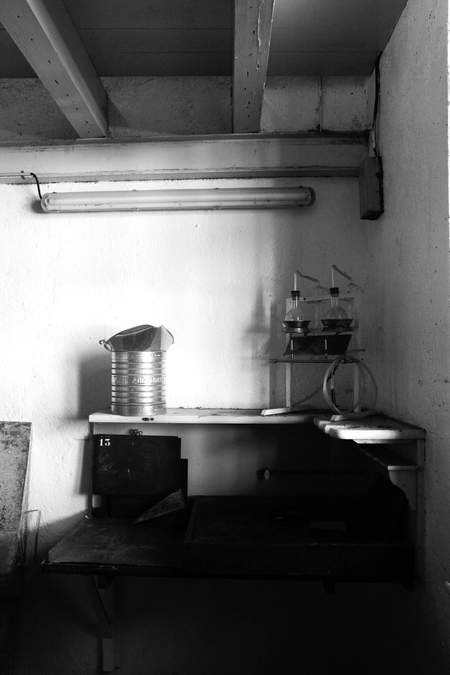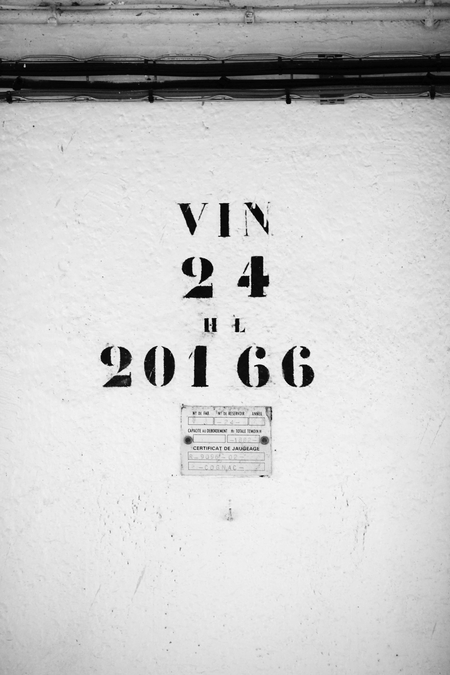Are you a Discerning Drinker?
Join thousands of like-minded professionals and cocktail enthusiasts, receive our weekly newsletters and see pages produced by our community for fellow Discerning Drinkers.

More about Courvoisier S.A.
Established: 1834
Owner: Gruppo Campari
Capacity: Not supplied
Visitor Policy: Not generally accessible
Tel: +33 5 4535 5555
Website: http://www.courvoisier.com
Address
Jarnac
16200
France
Courvoisier is unusual in that unlike the other big cognac houses, it does not have any vineyard holdings and its own distilling operations only form a tiny part of its production. Instead Courvoisier holds contracts with over 1,000 wine making families and distillers, most over many generations, to produce eau-de-vie which Courvoisier then blends together to create its various signature styles. Courvoisier consider this to be their main strength as the diversity of the soils, stills and cellars found across these third-party distillers produces a very broad palate of styles from which to blend from.
Courvoisier has supply contracts with two different types of distillers, 'bouilleurs de profession', who distil wines made by other vineyard holders and 'bouilleurs de cru', who distil only their own wines. Around 80% of Courvoisier's supplies originate from small growers with the remainder coming from bouilleurs de cru like the Guilloteaux family who have just 22 hectares of vineyards. The Guilloteauxs are typical with their still positioned beside their farmhouse to make it easier for the family to monitor distillation, which for four months of the year operates 24 hours a day, seven days a week.
Distillation
Courvoisier also has two distilleries of its own; the first with fourteen stills is in Joubert and a second with a further 10 stills, which the company bought in 1986, lies just across the river. Courvoisier analyse the eau-de-vie made at their own and contracted distilleries and continually advise how bouilleurs de cru can improve their cognac through subtle changes such as the use of specific yeasts and at what point the final cut is made during distillation.
Unlike some of its competitors, Courvoisier only use smaller stills and stipulate a maximum size of 2,500 litre capacity for first distillation with second distillation sometimes in stills as small as 600 litres. They believe the use of small stills gives better concentration of aromas and that the distillate benefits from greater contact with the copper. Courvoisier also encourage, with the exception of Fins Bois, distillation on the lees (spent yeast cells). This gives increased complexity but requires the distiller to take greater care or to prevent the lees sticking to the walls of the still and burning. The distillate, which comes off the second still at around 70% alv./vol., is reduced to 63% prior to filling the casks.
Maturation
Obviously the use of oak is vital in a great cognac and at Courvoisier this begins with the Master Blender, Patrice Pinet, walking French forests to select not only what trees, but which sections of trunk will be used to make Courvoisier casks. This practice of personally selecting the oak to be used in their casks was introduced by the previous Master Blender, Jean-Marc Olivier in 1986.
Jean-Marc Olivier was also responsible for introducing oak grown in the Jupilles forest which lies at the edge of the Loire Valley, south of Le Mans. Traditionally only oak from the French forests of Tronçais and Limousin were used to age cognac and Jupilles was more commonly used for furniture making. However, Jean-Marc had a quest to find 'grains fins' (fine grained oak) and now Jupilles oak is highly prized and is also used by the most prestigious Bordeaux wine houses. Higher rainfall and richer soils produces oak trees which have a much finer grain and this is prized by Courvoisier as the ageing cognac undergoes less exchange with air and more exchange with the wood. Today around 60% of Courvoisier's oak needs come from the centre of France (mostly Tronçais and Jupilles) and 40% from Limousin.
While Courvoisier no longer own their own cooperage, unusually they not only select but buy all their own wood and retain a 'cour de division' (splitting yard) where the freshly cut trunks are bought, sawn to barrel length, split into lengths and sawn into planks from which the staves will be cut. Only around 20% of the tree is suitable for making staves and the workers at Courvoisier reject planks that are too knotty, sappy, or have other faults which incredibly include buried shrapnel from the last war.
The wood needs to be matured in the open air for a statutory minimum of three years before the planks can be made into staves. Courvoisier age theirs for a minimum of five years. This exposure to the elements washes away some of the tannins in the wood and allows a mould to develop which feeds on the lignins in the wood while enzymes split large and tasteless lignin molecules into smaller ones with a vanillin taste. Courvoisier's yard contains row after row of stacked planks slowly turning silver-grey with age.
Courvoisier have pioneered the use of a new straighter-sided barrel designed to be stacked upright. This is the same length and made from roughly the same amount of wood as traditional casks but the capacity of this new, less bulbous design is around 18% larger so giving slightly less wood contact. These casks hold around 350 litres and are stacked four to a pallet. The advantage of palletised casks is that they can easily be moved so allowing greater ability to sample, access, blend and move the cognac from cask to cask as it matures.
Only young casks are used at the start of the long ageing process and after a period, dependent on each cask, the maturing eau-de-vie is moved to older casks yielding less tannins. A new first-fill cask may be used for as short a period as six months while a second-fill cask will usually hold eau-de-vie for at least its first year before being moved on. The aim is to mature the cognac without it acquiring a dry oaky taste. Courvoisier specify that new, medium-charred casks account for one-third of the casks used each year so continually introducing fresh oak (annually some 2,500 casks) which the house also supplies to its contacted brouiller de cru at advantageous prices so encouraging them to use better oak.




